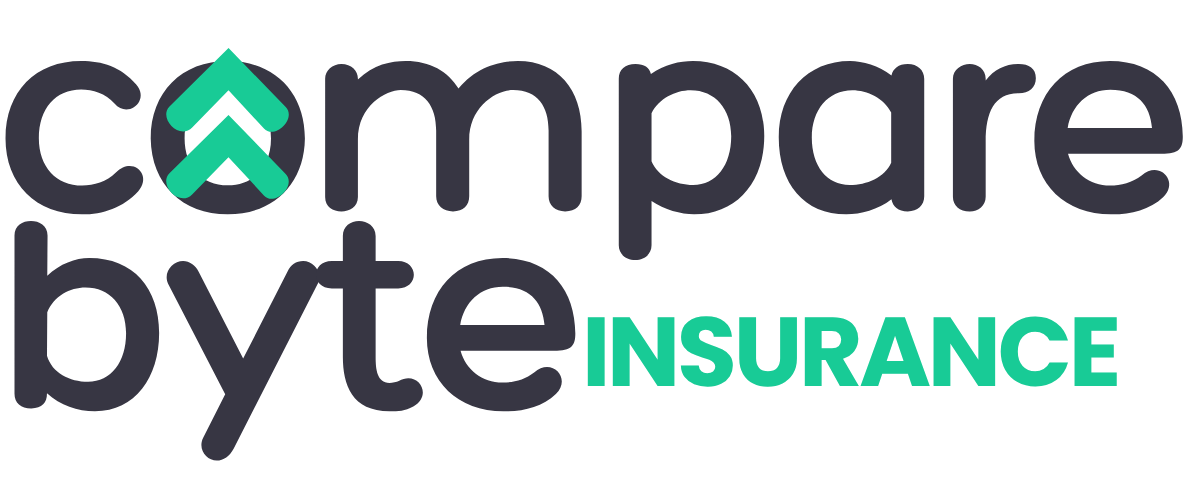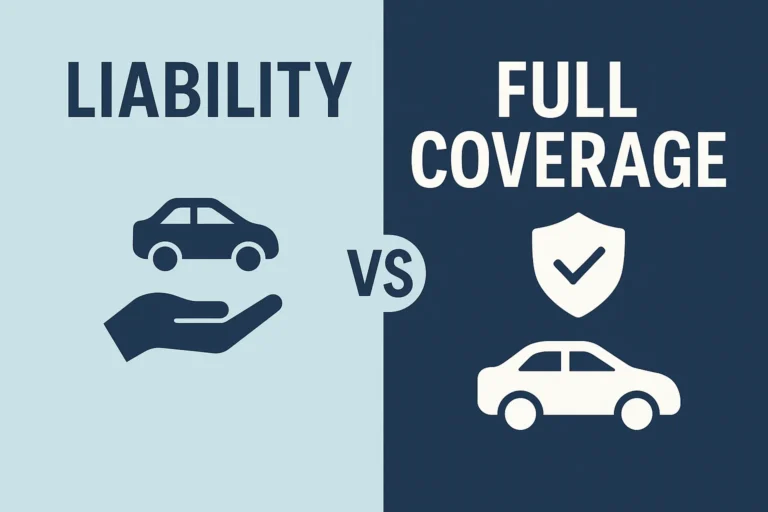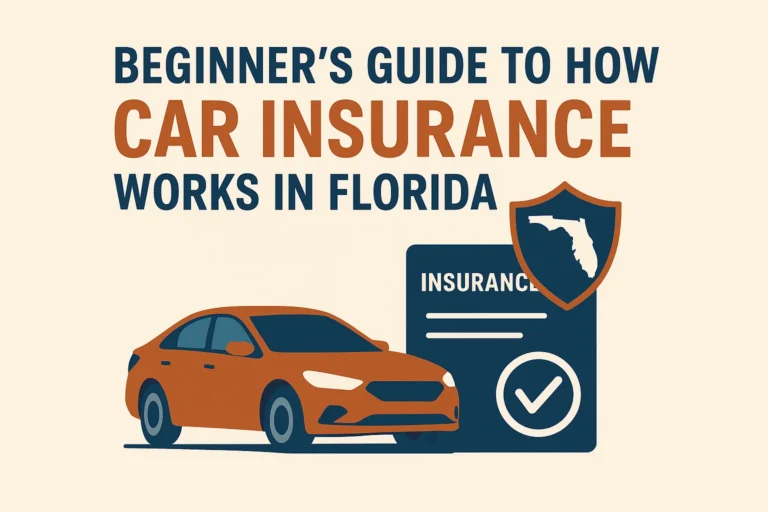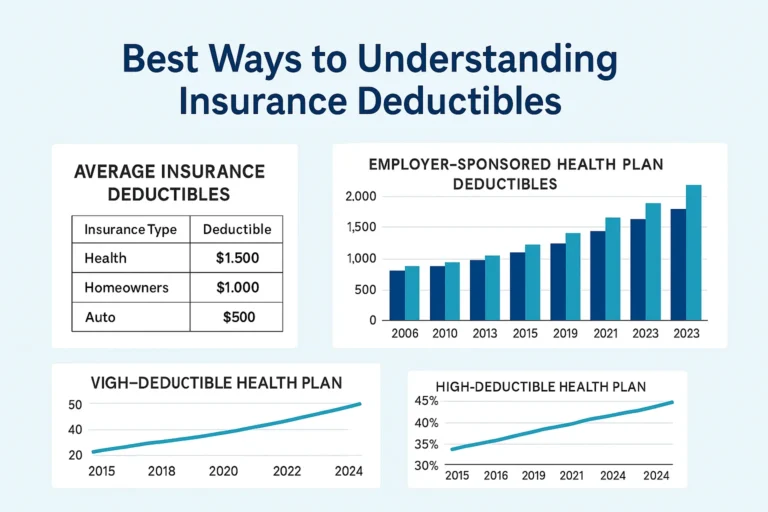With countless auto insurance options available today, switching to a new provider can seem like a smart move — especially when you’re looking to cut costs or gain better coverage. But switching isn’t always the right answer for everyone. Whether you’re frustrated with your current provider or simply curious about what’s out there, making the right decision requires a clear understanding of the benefits and potential pitfalls.
This comprehensive guide explores the differences between staying with your current auto insurance company and switching to a new one. We’ll break down the pros and cons, provide comparison tables, walk you through common scenarios, and even share real user experiences to help you make an informed choice.
Understanding the Two Choices: Staying vs. Switching Auto Insurance
Staying with Your Current Auto Insurance Provider
There are many benefits to remaining with your existing auto insurance company. Long-term customers often receive loyalty rewards, accident forgiveness, and bundling discounts if they hold multiple policies like home or life insurance. Familiarity is another advantage — you already understand the claims process, billing schedules, and customer support systems.
Staying also builds underwriting history, which can work in your favor if you’ve had minor infractions or a short payment delay. Many insurers view long-term customers as lower risk, and may provide more lenient terms when reviewing claims or renewing policies.
However, the downside is complacency. Your insurer may not automatically adjust your rates based on improved driving history or market competition. You could be paying a premium for loyalty without even realizing better rates are available elsewhere.
Additionally, insurance companies sometimes raise rates even when there’s no change in risk profile. Without actively shopping around or negotiating, you might be losing money annually.
Switching to a New Auto Insurance Provider
Switching auto insurance providers can offer immediate financial advantages. New companies frequently provide promotional rates or discounts to new clients. This can be especially beneficial if your credit score has improved or your driving record has remained clean over time.
Modern insurers also offer enhanced digital experiences — from mobile apps and 24/7 support to AI-driven claim filing tools and telematics-based policies. These technological perks can make managing your insurance much more convenient.
Another advantage of switching is reassessing your current needs. You might find more affordable plans with better coverage, or discover a company that offers optional add-ons that suit your lifestyle, like rideshare coverage or gap insurance.
That said, switching isn’t risk-free. A lapse in coverage between providers can lead to fines, legal issues, or elevated premiums. Furthermore, your new insurer may have a different claims culture or hidden fees that only become apparent later on. It’s essential to read the fine print and check online reviews or third-party ratings before making the jump.
Advantages and Disadvantages Comparison Tables
Table 1: Staying with Your Current Provider
| Advantages | Disadvantages |
|---|---|
| Loyalty discounts and perks | Potentially higher premiums over time |
| Familiar claims process | Lack of competitive offers |
| Bundling opportunities | Less motivation to review coverage regularly |
| Possible accident forgiveness | Outdated digital tools and interfaces |
Table 2: Switching to a New Provider
| Advantages | Disadvantages |
|---|---|
| Lower promotional rates | Risk of a gap in coverage |
| Access to modern tools and mobile apps | Unfamiliar claims and service processes |
| Customized coverage options | May involve cancellation fees |
| Rewards for good drivers or low mileage | Some policies may require vehicle inspections |
Which Option Fits Your Situation Best?
Scenario 1: You’re Driving Less Than 8,000 Miles a Year
If your car stays parked most of the time, switching to a provider that offers pay-per-mile auto insurance might save you money. These policies charge based on actual usage instead of assumptions based on age, location, or vehicle type.
Scenario 2: Your Current Insurer Increased Rates Without Explanation
It’s frustrating to see your premium go up when your driving habits haven’t changed. In this case, it’s worth shopping around. Use comparison websites or speak with a licensed broker to find out if you can get a better deal elsewhere.
Scenario 3: You’ve Recently Relocated
Location plays a major role in insurance pricing. If you’ve moved to a safer area or changed states, your current provider might not offer the best rates anymore. A local insurer in your new region could offer more competitive pricing.
Scenario 4: You’ve Improved Your Driving or Credit Score
If your driving record has improved or your credit score has significantly increased, you may now qualify for better rates. New providers may factor in these changes more aggressively than your current insurer.
Real-Life Testimonials and User Experiences
Jake, 30, from Florida: “I switched insurers after my premium jumped for no reason. I saved $350 a year and now have roadside assistance included — something my old policy didn’t offer.”
Maya, 42, from Oregon: “I stayed loyal for 15 years. When I had an accident, the claims process was seamless. That experience proved the value of loyalty to me.”
Thomas, 26, from New Jersey: “As a remote worker, I barely drive. I switched to a mileage-based plan and cut my premium in half. Totally worth it.”
Conclusion and Final Recommendation
Switching auto insurance providers is not a decision to take lightly. While it can bring lower costs, modern features, and better coverage, it’s crucial to consider the potential risks and ensure you’re not sacrificing reliability or service quality. Similarly, staying with your current provider can offer peace of mind — especially if you’ve built up trust and benefits over time — but it shouldn’t prevent you from regularly reassessing your needs.
In most cases, reviewing your auto insurance policy annually is the best strategy. Whether you stay or switch, make your decision based on facts, not assumptions. Comparison shopping is easier than ever and could help you make smarter financial decisions.
Further Reading:
Helpful resources for research:
Need help making the switch? Use a free comparison tool or consult a licensed insurance broker to help find the best auto insurance for your needs. It’s fast, safe, and can save you hundreds annually.






